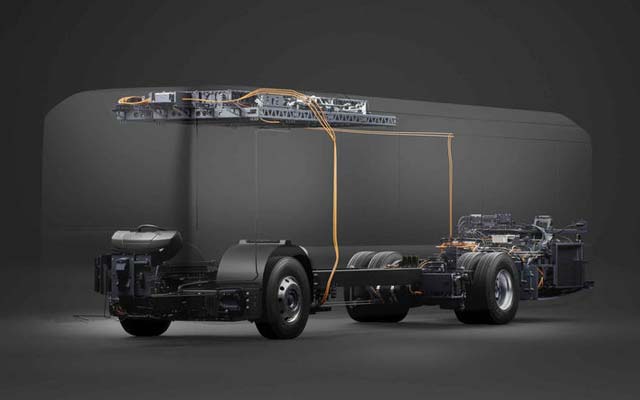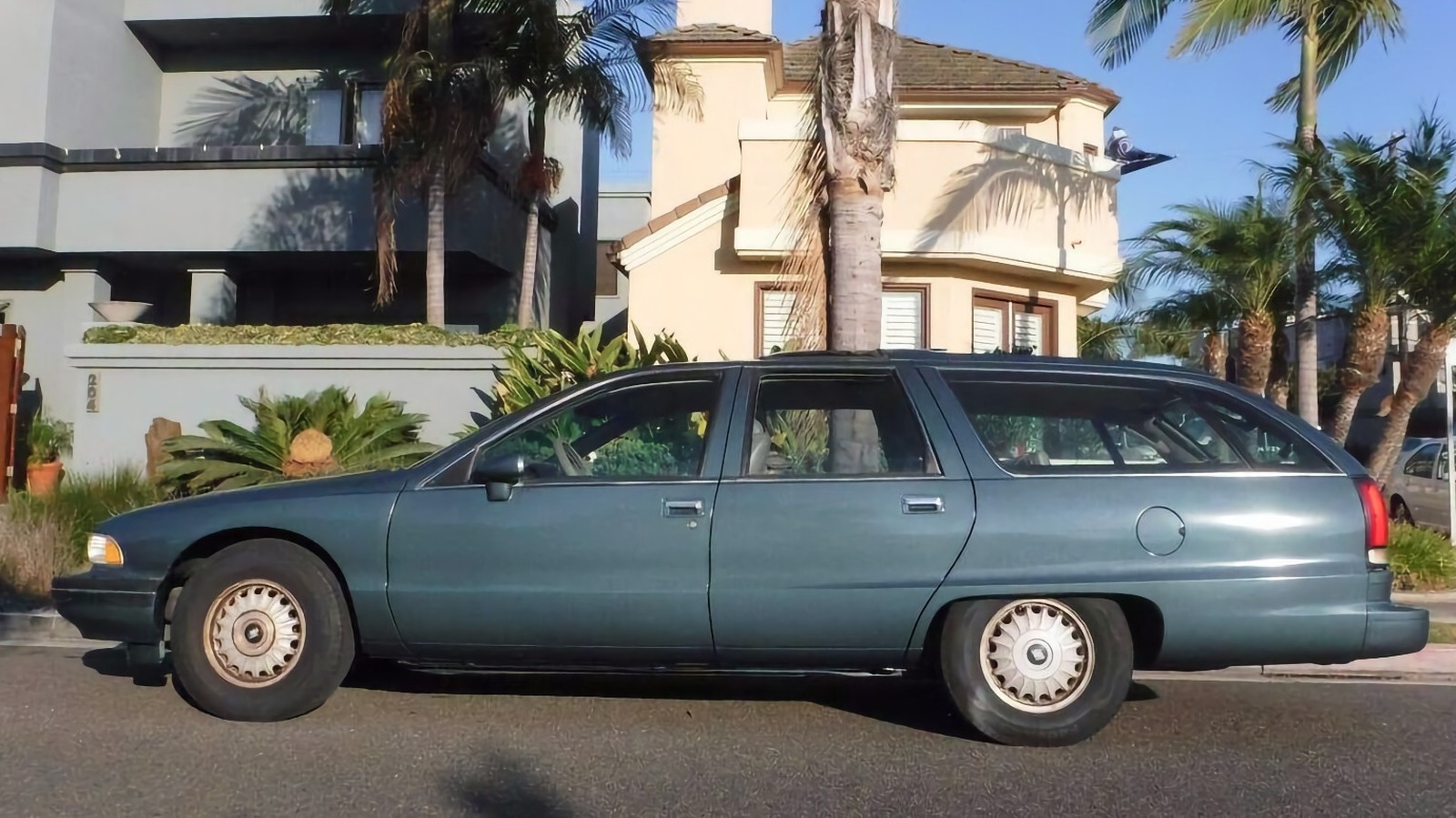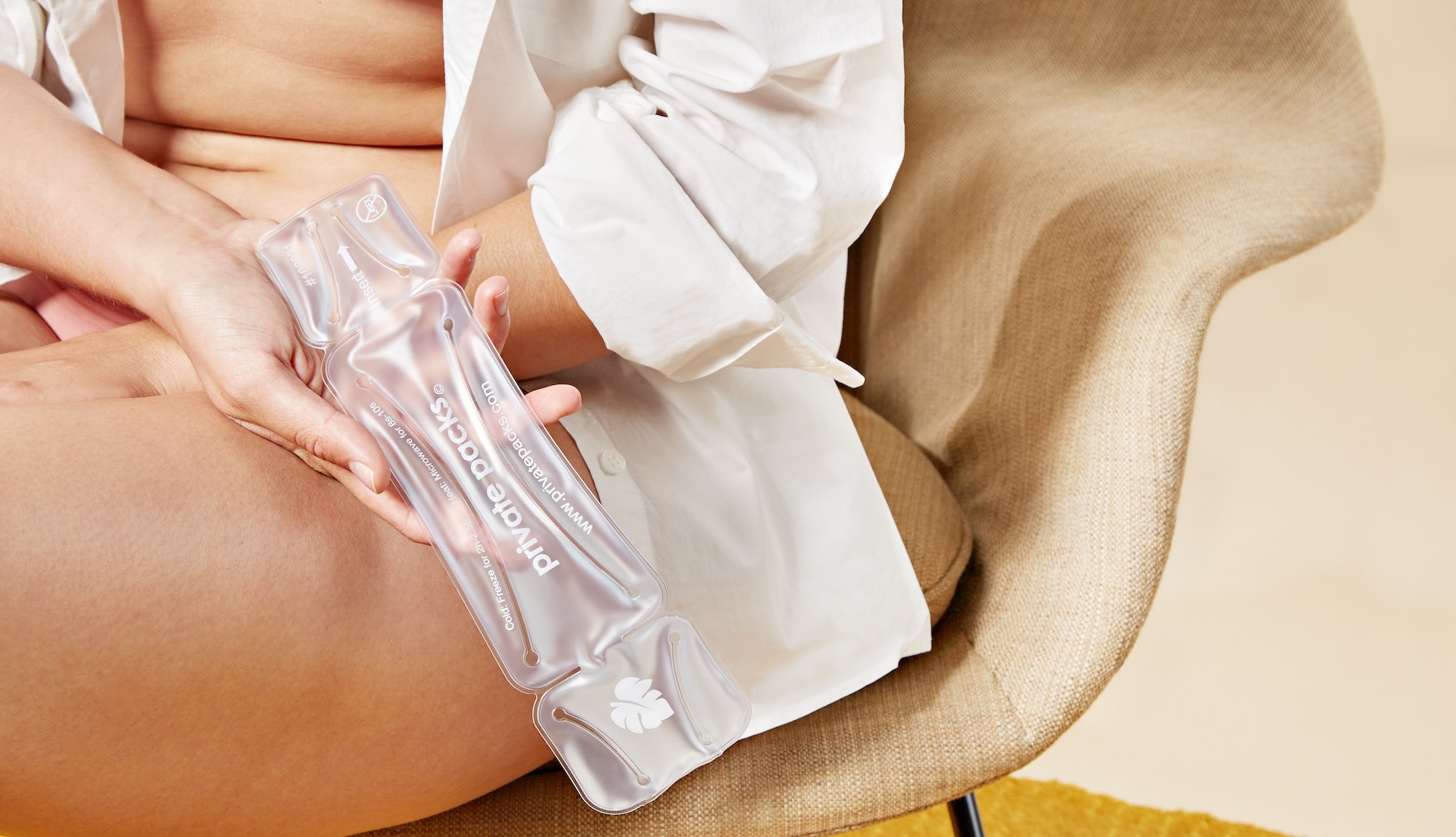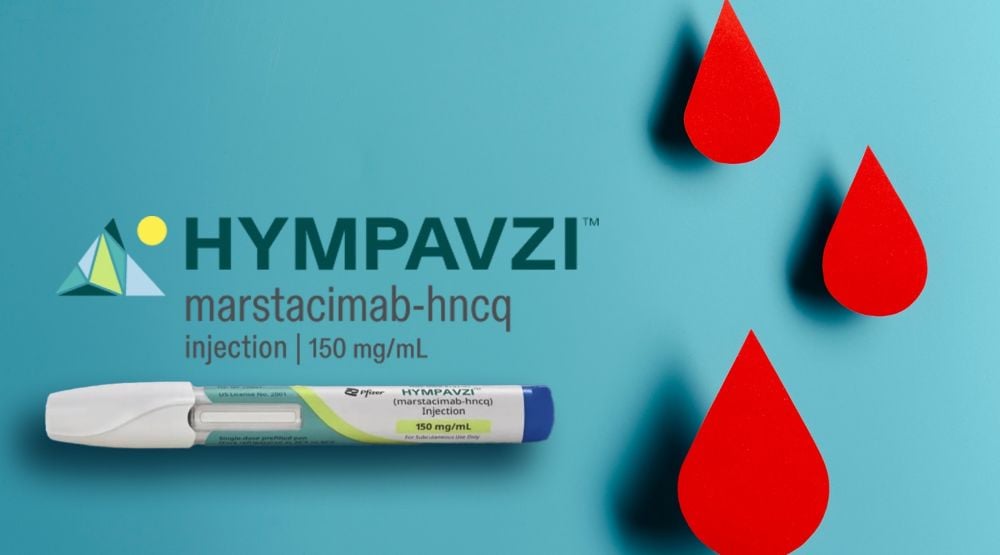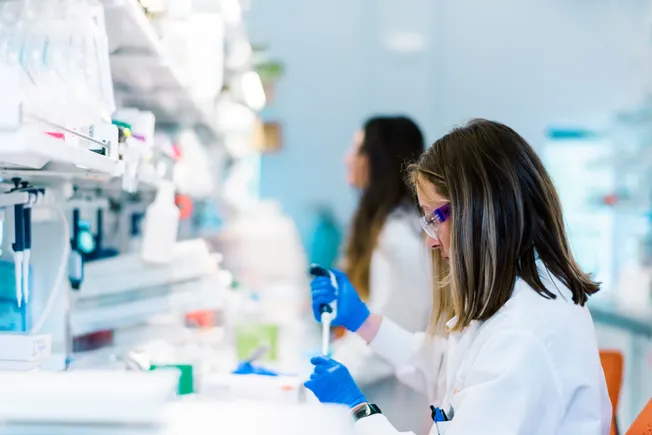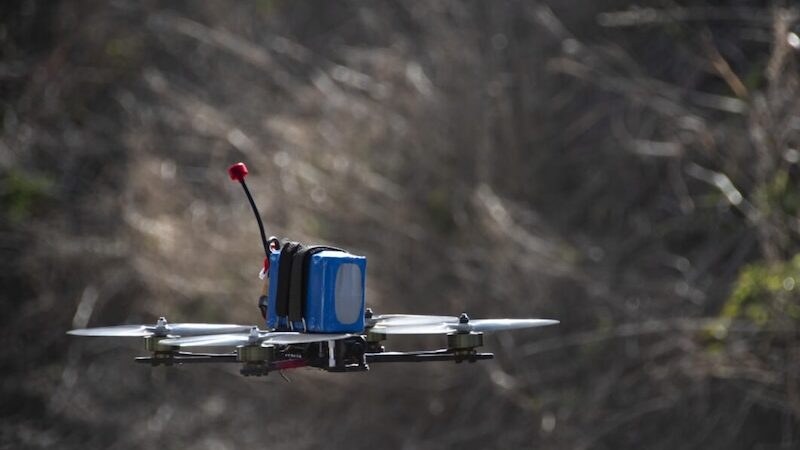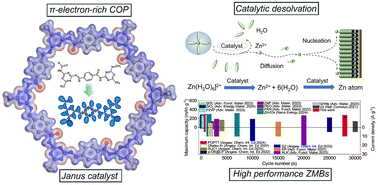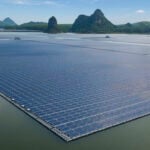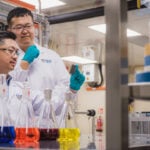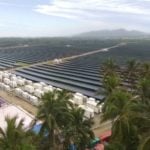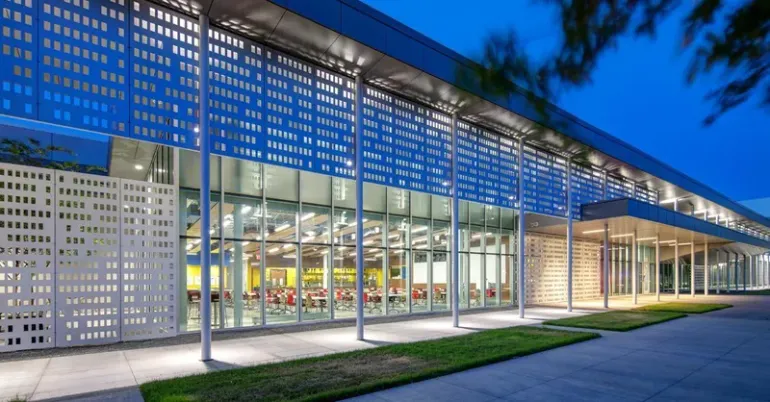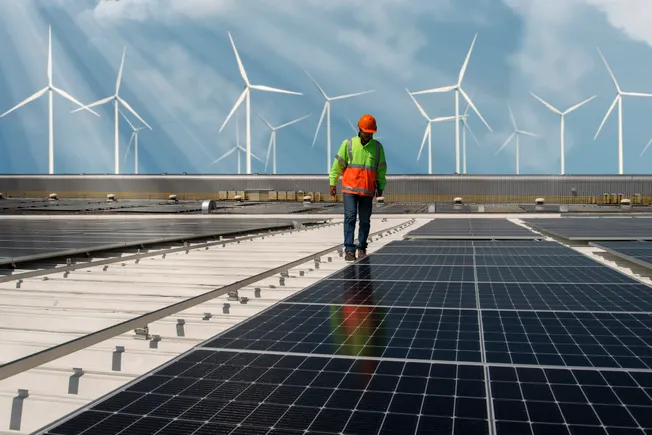Construction of Cells‐Membrane‐Cells Living Complexes for Cartilage Repair by Enhancing the Structural Stability of Fibrous Membranes
Advanced Healthcare Materials, Volume 14, Issue 16, 23 June, 2025.

Cartilage tissue engineering scaffolds with a stable structure are crucial for promoting the growth and repair of cartilage tissue. SF/GO@KGN fibrous membranes with improved structural stability are prepared, and living complexes are constructed for cartilage repair using rBMSCs and the SF/GO@KGN fibrous membranes. The living complexes promote early cartilage formation and ECM deposition, providing a new strategy for cartilage repair.
Abstract
3D cartilage tissue engineering scaffolds with stable structures are crucial for promoting cartilage tissue growth and repair. However, limited research attention is given to the effects of 3D cells-membrane-cells sandwich-like living complexes with enhanced structural stability for cartilage repair. In this study, silk fibroin/graphene oxide@kartogenin (SF/GO@KGN) fibrous membranes with improved structural stability are developed through the regulation of the crystallinity, and living complexes are constructed for cartilage repair using rat bone marrow stromal cells (rBMSCs) and the SF/GO@KGN fibrous membranes. Results show that the physicochemical properties of the SF/GO@KGN fibrous membranes, including morphology, tensile strength, swelling ratio, degradation, and KGN release rate are greatly influenced by the crystallinity of the fibrous membranes. The enhanced structural stability of the fibrous membranes promotes the adhesion, proliferation, and chondrogenic differentiation of rBMSCs on the surface of the fibrous membranes, as well as the deposition of the cartilage's extracellular matrix (ECM). Animal experiments demonstrate that sandwich-like cells-membrane-cells living complexes with high structural stability significantly promote early cartilage formation and ECM deposition. This study not only provides a facile and effective strategy for cartilage regeneration and repair but also provides new insights for designing and preparing other tissue engineering scaffolds.




























